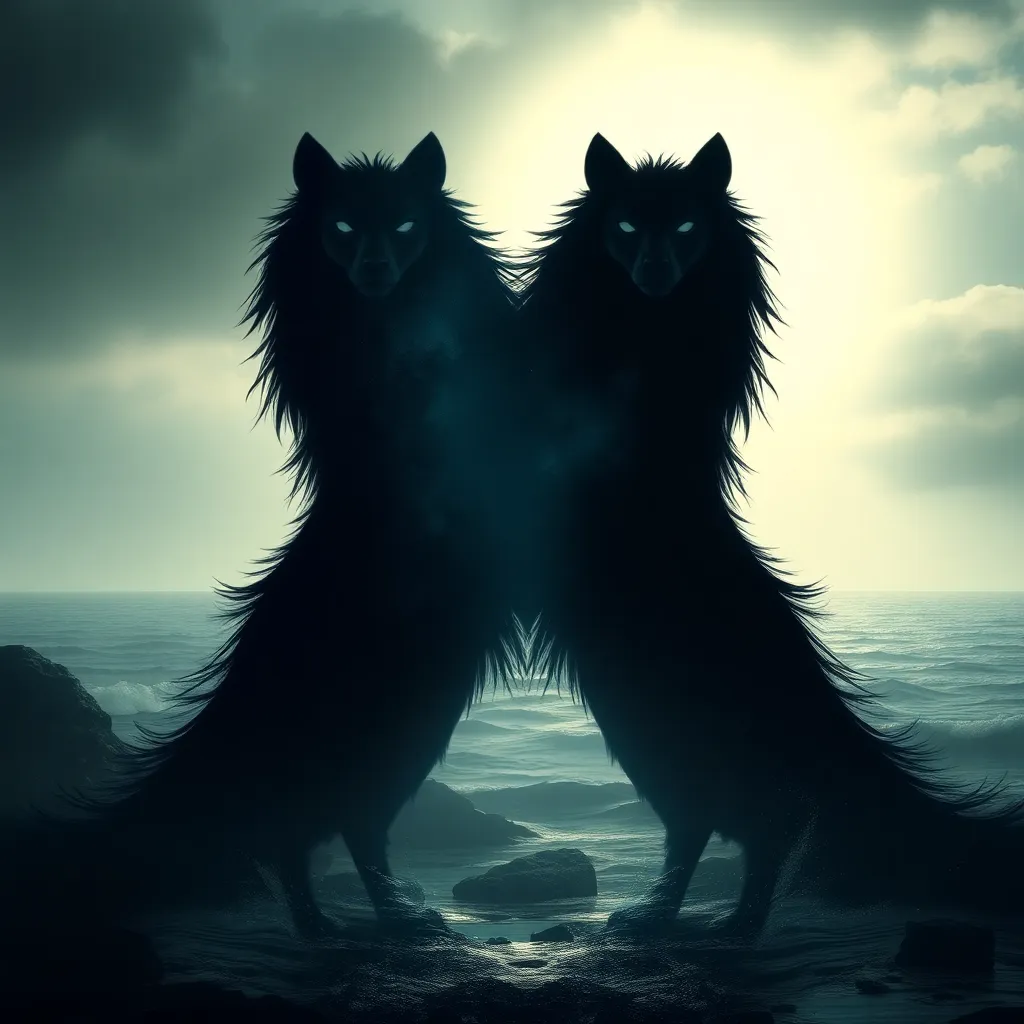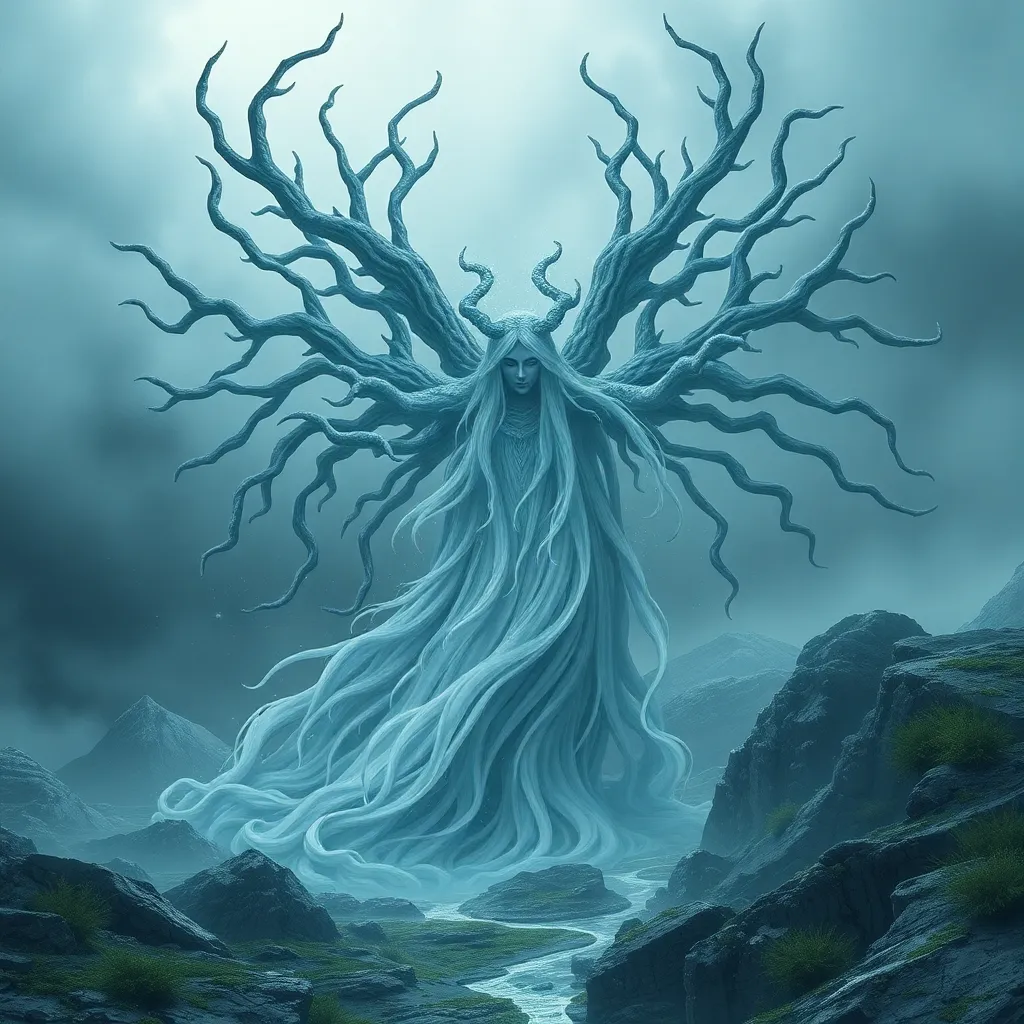The Selkie’s Shadow: Exploring the Concept of Duality in Selkie Mythology
I. Introduction to Selkie Mythology
Selkie mythology, a captivating aspect of Celtic folklore, speaks to the dual nature of existence through its enchanting tales of beings that shift between two worlds. These creatures, known as selkies, possess the ability to transform from seals into humans, embodying a rich tapestry of cultural significance and deep-rooted symbolism.
A. Overview of Selkies: Origins and Characteristics
Selkies originate from the folklore of Scotland, Ireland, and the Orkney and Shetland Islands. They are typically described as seals that can shed their skins to assume human form on land. Once transformed, they often appear as beautiful men or women, captivating the hearts of those who encounter them.
B. Cultural Significance in Celtic Folklore
In Celtic mythology, selkies symbolize the connection between humans and nature, embodying the themes of transformation and longing. Their stories often reflect the struggles between the human world and the untamed nature of the sea, serving as a reminder of the delicate balance between these realms.
C. Purpose of the Article: Examining Duality
This article aims to delve into the concept of duality as represented in selkie mythology. By exploring the various aspects of their existence, we can gain insights into the complexities of identity, freedom, and the human experience.
II. Understanding Duality in Mythology
Duality is a fundamental theme in mythology, often representing opposing forces that coexist within a single narrative. In the case of selkies, this duality manifests in their ability to navigate both the human world and the ocean depths.
A. Definition of Duality: Light vs. Dark, Human vs. Animal
Duality can be defined as the coexistence of two contrasting elements. In mythology, this often translates to:
- Light vs. Dark
- Human vs. Animal
- Freedom vs. Confinement
B. The Role of Duality in Folklore and Fairy Tales
Folklore and fairy tales frequently explore duality, presenting characters and scenarios that embody this tension. The interplay between these oppositional forces allows for a richer narrative, showcasing the complexity of moral choices and human emotions.
C. Importance of Duality in Human Experience
In human experience, duality is essential for understanding our identities and relationships. It reflects our struggles, desires, and the often conflicting aspects of our lives, enabling personal growth and self-discovery.
III. The Nature of Selkies: Bridging Two Worlds
Selkies serve as a bridge between two worlds—the sea and land—embodying the concept of duality through their physical and metaphorical transformations.
A. Description of Selkies: Seals and Humans
As seals, selkies are graceful and agile in the water, representing freedom and the wildness of nature. Upon shedding their skins, they take on human form, showcasing beauty and vulnerability.
B. Symbolism of Transformation and Adaptation
The transformation of selkies symbolizes adaptability, illustrating how beings can navigate different environments and identities. This transformation speaks to the broader human experience of adapting to changing circumstances.
C. The Dual Existence: Life in the Sea vs. Life on Land
Selkies experience a dual existence, oscillating between the freedom of the ocean and the constraints of human life. This duality creates tension, as they long for the call of the sea while grappling with their connections on land.
IV. Themes of Freedom and Confinement
The themes of freedom and confinement are prevalent in selkie stories, reflecting the internal struggles faced by these mythical beings.
A. The Selkie’s Desire for Freedom
In their seal form, selkies are free to roam the ocean depths, unencumbered by human constraints. This freedom is a central aspect of their identity, symbolizing the longing for a life unrestrained by societal expectations.
B. Human Constraints and Relationships
Once transformed into humans, selkies often find themselves in relationships that impose limitations on their true selves. These constraints can lead to inner turmoil, as they navigate the expectations of love and partnership.
C. The Tension between Two Worlds: Love and Loss
The tension between the desire for freedom and the bonds of love creates a poignant narrative in selkie tales. This duality often leads to themes of loss, as selkies must choose between their human relationships and their yearning for the sea.
V. Tales of Betrayal and Redemption
Selkie stories are rich with themes of betrayal and redemption, illuminating the complexities of their dual existence.
A. Common Narratives in Selkie Stories
Many selkie tales revolve around the motif of betrayal, often involving a human who steals a selkie’s skin, thereby trapping them in the human world. These narratives highlight the fragility of freedom and the consequences of human desires.
B. The Impact of Betrayal on the Selkie’s Duality
Betrayal can deeply impact a selkie’s identity, forcing them to confront the loss of their freedom and the pain of separation from their true nature. This conflict enhances the theme of duality, as they navigate their human emotions while longing for the sea.
C. Redemption Arcs: Reconciliation with One’s Nature
Many selkie tales conclude with arcs of redemption, where characters reconcile their dual nature. This process often involves reclaiming their skins and returning to the sea, symbolizing the acceptance of their true self and the importance of freedom.
VI. The Feminine Aspect of Duality in Selkie Legends
A significant aspect of selkie mythology is its portrayal of femininity, which embodies duality in nurturing and independence.
A. Representation of Femininity: Nurturer vs. Independent Spirit
Selkie women are often depicted as nurturing figures, embodying the traditional roles of caregivers while simultaneously representing independent spirits who yearn for freedom. This duality illustrates the complexities of feminine identity.
B. Gender Roles and Expectations in Selkie Stories
Selkie narratives often reflect societal gender roles, where women are expected to conform to human expectations. These stories challenge and critique these norms, showcasing the struggles faced by selkie women.
C. The Empowerment of Selkie Women through Duality
Through their duality, selkie women find empowerment in their ability to navigate both worlds. Their stories serve as a reminder of the strength found in embracing one’s multifaceted identity.
VII. Modern Interpretations and Adaptations
In contemporary media, selkie myths continue to resonate, reflecting modern themes of identity and belonging.
A. How Contemporary Media Portrays Selkie Myths
Modern adaptations of selkie myths often explore deeper themes of identity, love, and the struggle for freedom. Films, literature, and art reinterpret these tales, highlighting their relevance in today’s society.
B. The Continued Relevance of Duality in Today’s Society
The concept of duality remains significant as individuals navigate their own identities amidst societal expectations. Selkie myths serve as a metaphor for the complexities of modern life, where individuals often feel torn between different aspects of themselves.
C. Reflections on Identity and Belonging in Modern Context
In a world that increasingly values diversity and complexity, selkie stories encourage reflections on identity and belonging. They remind us of the importance of embracing all facets of ourselves, even those that may seem in conflict.
VIII. Conclusion: Embracing the Duality of the Selkie
Selkie mythology offers profound insights into the nature of duality, emphasizing the importance of embracing both our light and dark sides.
A. Summary of Key Points
Through the exploration of selkies, we have examined the themes of transformation, freedom, betrayal, and the empowerment of feminine identity. The dual existence of selkies serves as a powerful metaphor for the human experience.
B. The Importance of Acknowledging Duality in Personal Narratives
Acknowledging duality in our own narratives can lead to greater self-acceptance and understanding. The stories of


